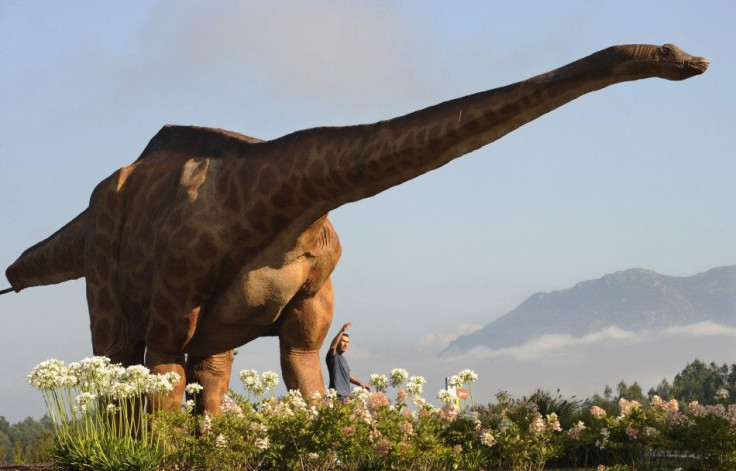North America’s Biggest Dinosaur Bones Discovered in New Mexico

American paleontologists have unearthed in New Mexico fossil bones of North America’s largest-known dinosaur, which lived about 69 million years ago.
Researchers from the Montana State University’s Museum of the Rockies and the State Museum of Pennsylvania said in a news release published Tuesday that they discovered two gigantic vertebrae and a femur that belonged to the sauropod species called Alamosaurus sanjuanensis.
Alamosaurus was a long-necked plant-eating dinosaur related to the Diplodocus also found in New Mexico.
Alamosaurus has been known for some time; its remains were first described in 1922 from the Naashoibito beds of New Mexico. Since then, more bones have been discovered in New Mexico, Utah, some really nice material from Texas and Mexico, including a few partial skeletons, said MSU researcher Denver W. Fowler.
We used to think that a fully grown Alamosaurus measured around 60 feet long and weighed about 30 tons; but a 2009 study by another MSU researcher, Dr. Holly Woodward, found that a femur thought to belong to an adult was still growing, Fowler said. This told us that Alamosaurus got even bigger, but we didn't imagine that it could get quite this big.
According to the study, the size of the unearthed bones puts Alamosaurus in the same league as other sauropods from South America, including Argentinosaurus which weighed about 70 tons and was 40 meters long. The Argentinosaurus is considered to be the biggest dinosaur of all.
Over the past 20 years, Argentinian and Brazilian paleontologists have been unearthing bigger and bigger dinosaurs, putting the rest of the world in the shade, Fowler said.
However, our new finds not only show that Alamosaurus is newly recognized as the biggest dinosaur from North America, but also that it was right up there with the biggest South American species: the U.S. is back in the fight for the No. 1 spot, Fowler added.
The search is on for more bones that mmay yield more information about the Alamosaurus’ life and death.
© Copyright IBTimes 2024. All rights reserved.





















